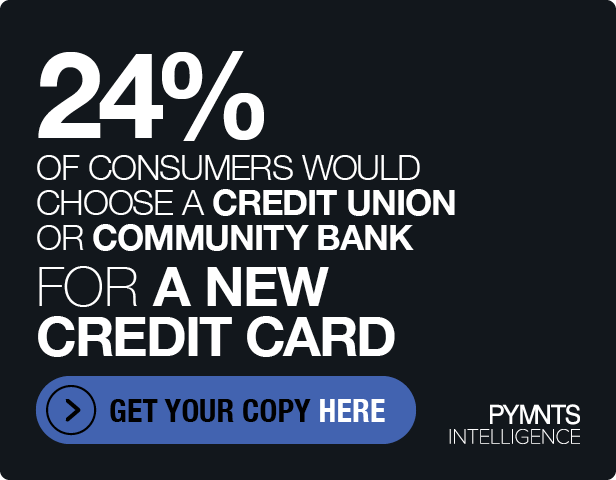Is Digital Age Verification Coming Of Age?

Thanks to the digital economy and its supporting technology, we can say we are in the “golden age” of this and that. The golden age of delivery and quick fulfillment. The golden age of product reviews and price comparisons.
What about the golden age of age verification?
No, that doesn’t sound as exciting as the rest, and conjures up memories of those sloppy fake IDs in high school and college, or having that ne’er-do-well uncle agree to buy minors a 12-pack. However, as more age-restricted products move online, robust and seamless digital age verification takes on more importance, a trend that promises to grow in the coming few years.
Reduce Sales To Minors
That’s the story told in a new PYMNTS interview with Jason Hardy, chief operating officer at AgeChecker.Net.
The discussion took place amid regulatory pressure from the U.S. Food and Drug Administration (FDA) on the sale of eCigarettes — the goal is to prevent, or at least reduce, the sale of such products to minors. It also came amid ongoing efforts to make sure underage consumers don’t gain access to more traditional nicotine and tobacco products, whether online or offline, and to raise the minimum age of sale to 21.
In the U.S., a national push is afoot to raise the minimum age throughout the country to 21 for tobacco purchases. As that happens, local and state governments are considering similar laws as a move to reduce underaged smoking. Retailers are trying to stay ahead of the curve, and are sometimes on their own raising the minimum age to 21.
All that presents challenges for retailers that want to stay on the good side of politicians, lawmakers, parents and consumer groups. That’s where technology can help.
With those changes, including some big retail chains upping the buying age to 21, “you have to have educated employees,” Hardy told PYMNTS. That’s not all, though, especially for eCommerce. The increasingly old-fashioned age-verification pop-up box isn’t cutting it anymore, at least in his view. Technology — that is, age-verification software — must be “instant and seamless” to appeal to those online merchants that sell age-restricted products, lest those retailers end up breaking the law and selling to consumers who should not have access to such items.
The way AgeChecker.Net does it is to have software verify the information consumers have given in the background (their names, payment credentials, shipping addresses, etc.), then run it against an extensive data network looking for a match. If that match comes back and shows the person who ordered is of age, the transaction continues. In the event that there is no match, the consumer is prompted to enter information and an image of their driver’s license. A human team with some artificial intelligence (AI) support then verifies the buyer, and completes the transaction — or denies it if a buyer’s age cannot be verified.
According to Hardy, some 90 percent of those data checks come back verified. “It would be higher if people didn’t enter incorrect information,” he said, using as an example old addresses that are no longer valid, which can lead to human review of that age-verification data.
Weak Spot
The main weak spot when it comes to age verification for tobacco and nicotine products is not eCommerce operations, but mass merchant and convenience stores, he said. “When you go into a smoke shop, you are expected to be of age,” Hardy told PYMNTS. “When you go to your local convenience store, any 15-year-old can be in there buying Twinkies.”
With the online sales of age-limited products taking off, any misstep when it comes to underage consumers is sure to be noticed, and perhaps used by foes of the products to call for further regulatory pressure. Indeed, that’s the pressure faced by eCommerce in general when it comes to all kinds of age-limited products and services, including alcohol and gambling — and soon, it seems likely, legal retail sales of cannabis.
Hardy said that, “in the future,” those legal marijuana sales are likely to be a “natural fit” for the growing and developing online age-verification industry. For now, of course, “there is a big battle between federal and state laws” over legal marijuana. As PYMNTS has covered in depth, federal law still considers marijuana illegal, which in turn prevents most financial institutions, card networks and payment services providers from working with the legal cannabis industry.
“We all kind of see where this is moving,” Hardy said.
Virtual reality (VR), too, could play a part in the future of age verification for restricted retail products. Some retailers are already using VR technology to train staff on checking ages for potentially underage consumers. “It could be something added in the future” for age verification, he said, likening it to the general process seen with telemedicine, and providing yet another layer of security and assurance that certain products are not being sold minors.
The digital age verification industry remains in its infancy, Hardy noted, but best practices are slowly emerging. More retailers are understanding that the success of their businesses will rely on making sure minors don’t abuse the process.
